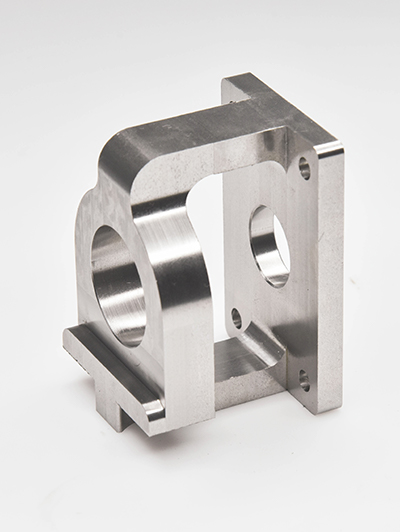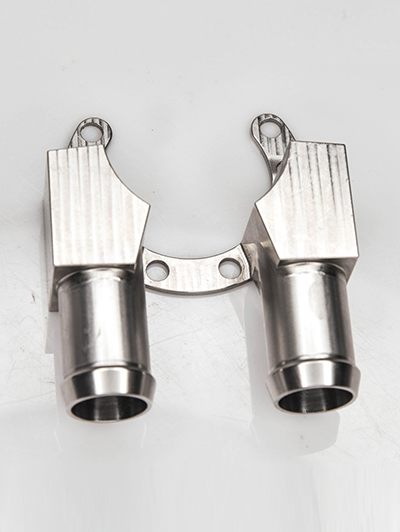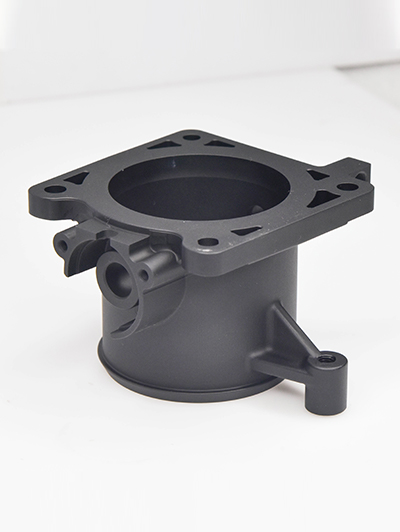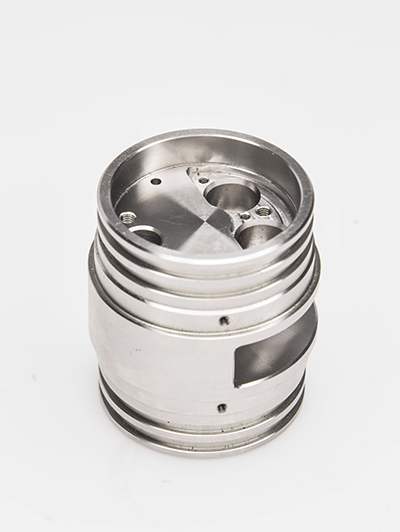Information
AI-Driven Precision Machining Parameter Optimization_ Intelligent Balance of Efficiency and Precision
AI-Driven Precision Machining Parameter Optimization: Intelligent Balance of Efficiency and Precision
In today’s competitive manufacturing landscape, businesses are constantly striving to enhance efficiency while maintaining the highest standards of precision. AI-driven precision machining parameter optimization has emerged as a game-changing solution that helps manufacturers achieve this delicate balance. By integrating advanced artificial intelligence (AI) technologies into precision machining processes, manufacturers can significantly improve production efficiency, reduce costs, and increase product quality.
The Evolution of Precision Machining
Precision machining has traditionally relied on skilled labor, manual adjustments, and experience to fine-tune processes. However, as industries demand higher volumes, faster production cycles, and superior quality, manufacturers are turning to automation and AI for solutions. AI-driven machining parameter optimization utilizes machine learning algorithms to analyze vast datasets, predict optimal machining parameters, and continuously adjust processes to achieve the perfect combination of speed and accuracy.
The Role of AI in Precision Machining
AI-driven parameter optimization focuses on understanding the intricate relationships between variables such as tool speed, feed rates, and material properties. By using AI, manufacturers can automate the adjustment of these parameters in real time, ensuring that machining processes are constantly optimized for the best results.
One of the key advantages of AI-driven optimization is its ability to learn from past data. AI algorithms are able to recognize patterns and correlations within machining operations, enabling the system to predict and adjust parameters for future tasks. This allows manufacturers to reduce the number of trial-and-error cycles, minimize waste, and enhance overall production efficiency.
Benefits of AI-Driven Precision Machining Parameter Optimization
1. Increased EfficiencyAI-based parameter optimization ensures that machining processes are running at peak efficiency by adjusting variables like tool speed, depth of cut, and feed rates. This means that manufacturers can achieve faster production cycles without compromising quality. The ability to fine-tune parameters in real time enables manufacturers to reduce downtime and enhance throughput.
2. Enhanced PrecisionOne of the biggest challenges in precision machining is maintaining accuracy across various operations. AI-driven systems monitor the machining process and make adjustments as necessary, ensuring that each part is produced with the utmost precision. Whether it's in the production of intricate components for industries like automotive, aerospace, or medical devices, AI ensures the required tolerances are met consistently.
3. Cost SavingsBy optimizing machining parameters, AI helps reduce material waste, energy consumption, and machine wear and tear. In addition, the reduction of trial-and-error cycles and manual adjustments lowers labor costs and minimizes the risk of human error. The result is significant cost savings for manufacturers, improving their bottom line while delivering high-quality products at competitive prices.
4. Customization and FlexibilityEach machining job is unique, and customization is key to meeting the diverse needs of industries. AI-driven optimization systems can adapt to the specific requirements of a given project, adjusting parameters based on material type, part geometry, and desired tolerances. This level of flexibility makes AI an ideal solution for non-standard parts and complex components, ensuring that the desired performance characteristics are achieved.
AI in Different Industries: Transforming Machining Practices
The potential of AI-driven precision machining optimization spans multiple industries. Whether it’s the automotive, aerospace, electronics, or medical device sectors, businesses are seeing tangible benefits in their operations.
Automotive and Motorcycle ComponentsIn the automotive industry, AI optimization allows for the production of high-performance parts that meet rigorous safety and durability standards. AI can optimize the machining of engine components, chassis parts, and transmission systems, ensuring that every part is produced with optimal precision and minimal waste.
Electronics and Consumer GoodsFor industries such as electronics, consumer goods, and medical equipment, precision machining is essential for the production of small, intricate components. AI helps maintain tight tolerances and ensures that parts such as connectors, housings, and circuit boards meet exacting standards for performance and reliability.
Aerospace and DefenseIn the aerospace sector, where safety and quality are paramount, AI-driven optimization is vital for the production of critical components like turbine blades, landing gear, and structural parts. AI systems continuously monitor and adjust machining parameters to ensure that these parts meet the highest standards of precision, strength, and durability.
The Future of AI-Driven Precision Machining
As AI technology continues to evolve, so too does its potential to revolutionize precision machining. The integration of AI with IoT (Internet of Things) devices, cloud computing, and advanced sensor technology will further enhance the capabilities of AI-driven optimization systems. Future advancements will allow for even more precise control, predictive maintenance, and real-time process adjustments, further streamlining manufacturing operations.
Conclusion
AI-driven precision machining parameter optimization is a transformative technology that promises to shape the future of manufacturing. By harnessing the power of artificial intelligence, businesses can achieve the perfect balance of efficiency and precision, leading to higher-quality products, reduced costs, and increased competitiveness. As industries continue to evolve and demand higher standards, AI will be at the forefront of precision machining, empowering manufacturers to meet these challenges head-on.
Investing in AI-driven precision machining parameter optimization today is an investment in the future of manufacturing. Embrace the change, and unlock the potential to revolutionize your production processes.
Enhancing Efficiency in Aerospace Technologies
1. Implementing advanced automation and robotics: By utilizing automated systems and robotics in aerospace technologies, tasks can be performed more quickly and accurately, leading to increased efficiency. This includes automated systems for manufacturing, inspection, maintenance, and handling of materials.2. Adopting digital twin technology: Digital twin technology allows for real-time monitoring and simul...
Cutting-edge Machining of Unique Materials
Advancements in technology have allowed for the cutting-edge machining of unique materials that were previously difficult to work with. This has opened up new possibilities for manufacturing industries, allowing for the production of components and products that were once thought to be impossible.One such material that has benefited from cutting-edge machining techniques is carbon fiber. Carbon fiber is a l...
Enhancing Efficiency in Aerospace Technologies
1. Implementing advanced automation and robotics: By utilizing automated systems and robotics in aerospace technologies, tasks can be performed more quickly and accurately, leading to increased efficiency. This includes automated systems for manufacturing, inspection, maintenance, and handling of materials.2. Adopting digital twin technology: Digital twin technology allows for real-time monitoring and simul...
Cutting-edge Machining of Unique Materials
Advancements in technology have allowed for the cutting-edge machining of unique materials that were previously difficult to work with. This has opened up new possibilities for manufacturing industries, allowing for the production of components and products that were once thought to be impossible.One such material that has benefited from cutting-edge machining techniques is carbon fiber. Carbon fiber is a l...
Shape accuracy detection
In addition to dimensional accuracy, the shape accuracy of the parts cannot be ignored. Detect shape errors such as roundness, cylindricity, and flatness of parts using equipment such as roundness meters and contour meters. For example, when processing high-precision bearing rings, the accuracy of roundness and cylindricity directly affects the rotational accuracy and service life of the bearing.
Dimensional accuracy testing
Using advanced measuring tools and techniques, such as coordinate measuring instruments, optical imagers, etc., to accurately measure the dimensions of parts. For precision parts, dimensional tolerances are usually controlled at the micrometer level, so high-precision measuring equipment is required to ensure the accuracy of the test results. For example, when processing precision molds for mobile phone chi...
- +86 13603025252
-

WhatsApp
- info@jiujucnc.com





